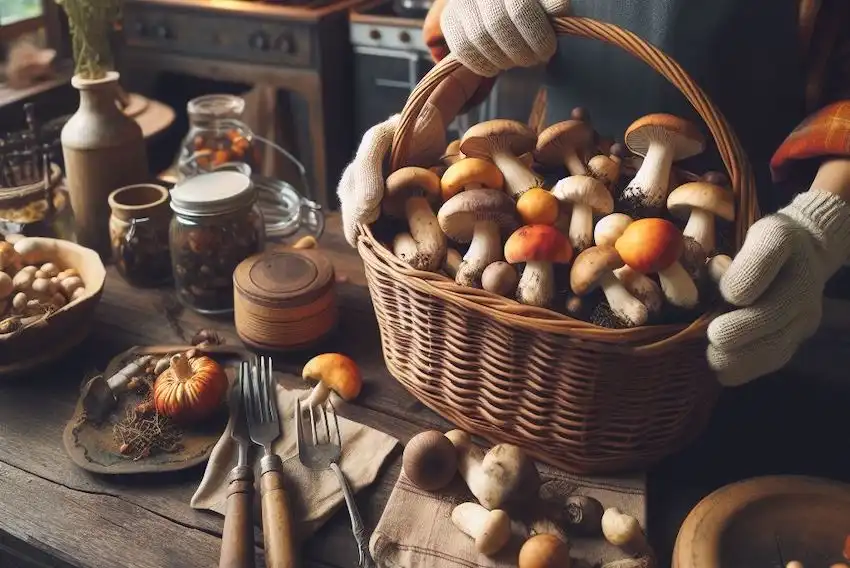Grow Endless Mushrooms at Home! Unbelievable Trick with Kitchen Scraps!
Growing mushrooms from scraps can be a fascinating and sustainable way to enjoy these unique fungi at home. Here’s a comprehensive guide on how to propagate and grow mushrooms, particularly focusing on using store-bought mushrooms and scraps:
Choosing Your Mushrooms
- Varieties: Oyster mushrooms are among the best for home growing due to their adaptability and ease of cultivation. However, you can experiment with various types of mushrooms based on your preference and availability.
- Source: Opt for organic store-bought mushrooms to ensure the best quality and health for propagation.
Understanding Mushroom Propagation
- Lifecycle: Mushrooms in nature start from spores found in the gills, which need to land on a suitable surface to germinate and develop into mycelium. This mycelium network eventually forms the recognizable mushroom.
- Store-Bought Propagation: Unlike natural growth, regrowing mushrooms from store-bought stems is quicker because it bypasses the need to rely on spores. Mycelium found on the stems can be used to produce edible clones of the parent fungi.
Preparing for Growth
- Bedding: Use straw as your bedding material. Soak it for a couple of days and then use it to layer your growing medium. Other materials like shredded cardboard can also be used.
- Mushroom Ends: Cut the ends of healthy oyster mushrooms or other varieties into small pieces. The best size for growth is about ¼ inch (6 mm).
Growing Environment
- Temperature and Light: Maintain a dark environment with temperatures between 65 to 75 degrees Fahrenheit (18-23 degrees Celsius).
- Moisture: Keep the medium and mycelium damp. Mist the medium if it appears to be getting dry.
Harvesting
- Timeframe: After about two to four weeks, the mycelium should be ready to fruit. You can expect to harvest your mushrooms in about 19 days.

Alternative Methods and Tips
- Using Spore Prints: For a more scientific approach, create spore prints from the mushroom caps using sterilized aluminum foil. This method requires a clean, draft-free environment and patience as spores are collected over 24 to 36 hours.
- Growing Medium: Depending on the mushroom variety, different growing mediums like wood chips, sawdust, or standard potting mix can be used. Water the chosen medium and sprinkle the spores or mycelium across the surface.
- Mushroom Kits: For beginners or those who find the process complicated, ready-to-use mushroom kits are a convenient option. These kits typically involve misting a block live with mycelium daily for about two weeks.
Additional Considerations
- Composting with Mushrooms: Growing mushrooms in compost piles, such as with blewits, can help speed up the composting process and provide a yield of edible mushrooms.
- Growing on Logs: For varieties like shiitake, using logs as a substrate can be effective. This method involves inoculating logs with mushroom spawn and sealing them with wax.

By following these steps and maintaining optimal growing conditions, you can successfully grow your own mushrooms from scraps at home, turning what would be waste into a valuable and delicious crop. This method not only provides a sustainable source of food but also adds an interesting element to home gardening.
Inspired by this? Share the article with your friends!


















